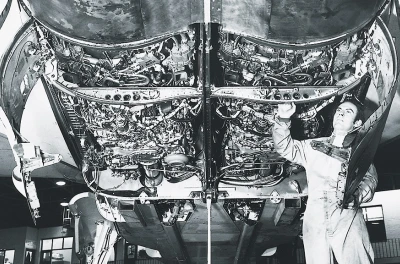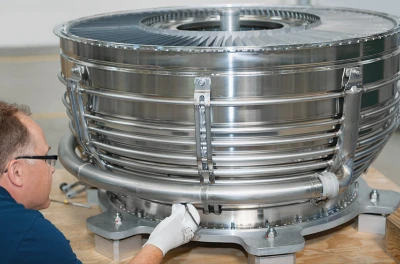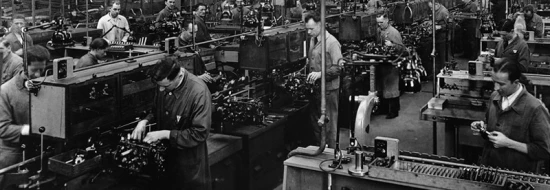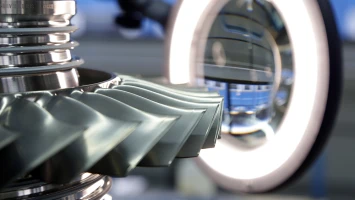aviation
50 years of innovation
Today’s aircraft consume 70 percent less kerosene and are 90 percent quieter than 50 years ago—partly thanks to MTU innovations.
author: Denis Dilba | 4 mins reading time published on: 02.03.2019
author:
Denis Dilba
holds a degree in mechatronics, is a graduate of the German School of Journalism, and founded the “Substanz” digital science magazine. He writes articles about a wide variety of technical and business themes.
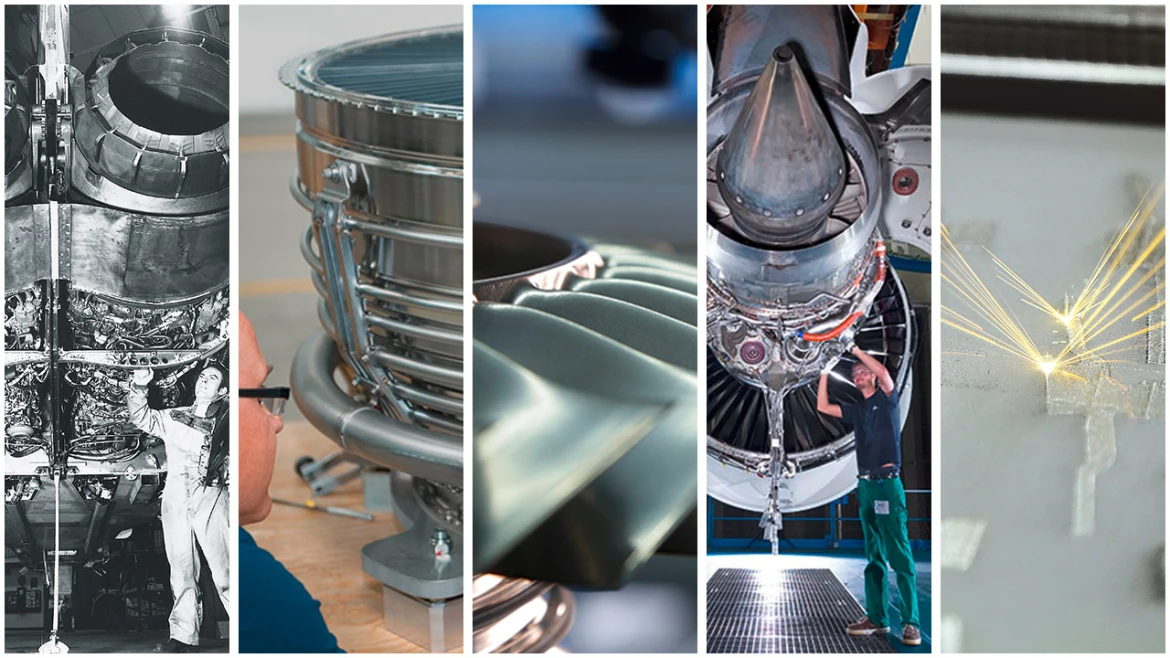
Of course the roots of MTU Aero Engines go much further back than 1969, even right to the beginnings of motorized flight. The company has its predecessors to thank for much know-how and true pioneer spirit. But 1969 was a landmark year in MTU’s history. Back then, the engineers from MAN Turbo GmbH and Daimler-Benz joined forces to form a company that over the decades would become MTU Aero Engines AG. Also the now legendary RB199 Tornado engine, which formed the cornerstone of expertise for developing many of the engine components made by MTU, had its start in 1969.
So for 50 years, MTU Aero Engines has stood for the constant drive to innovate, to push the limits of technology—and with that to embody a culture of innovation. Good things can always be made better, an attitude that makes MTU a global technology leader in key areas. MTU high- and low-pressure turbines, turbine center frames and not least the innovative manufacturing and repair techniques used by MTU Maintenance are among the best out there.
Against a backdrop of the growing mobility requirements of millions of people, the tradition of innovation has long since become a must for MTU. Aircraft engines must become more economical, cleaner and quieter. As it has done in the past, MTU will continue to have a major impact on engine development in the future, too.
This serial offers a journey through 50 years of innovation at MTU, up to and including a look at the engine technologies of tomorrow. Article by article. Happy reading!
Read the articles in the series here:



